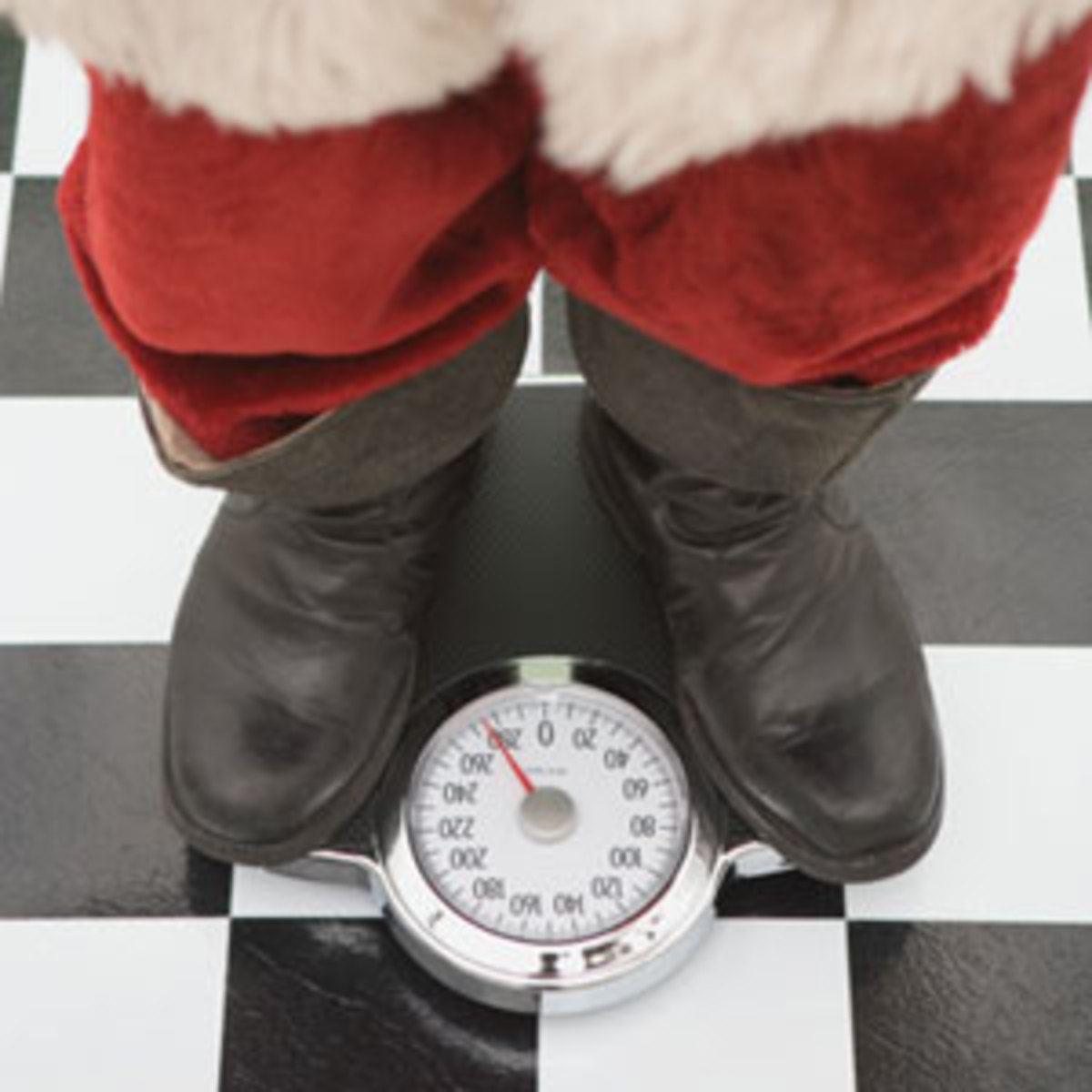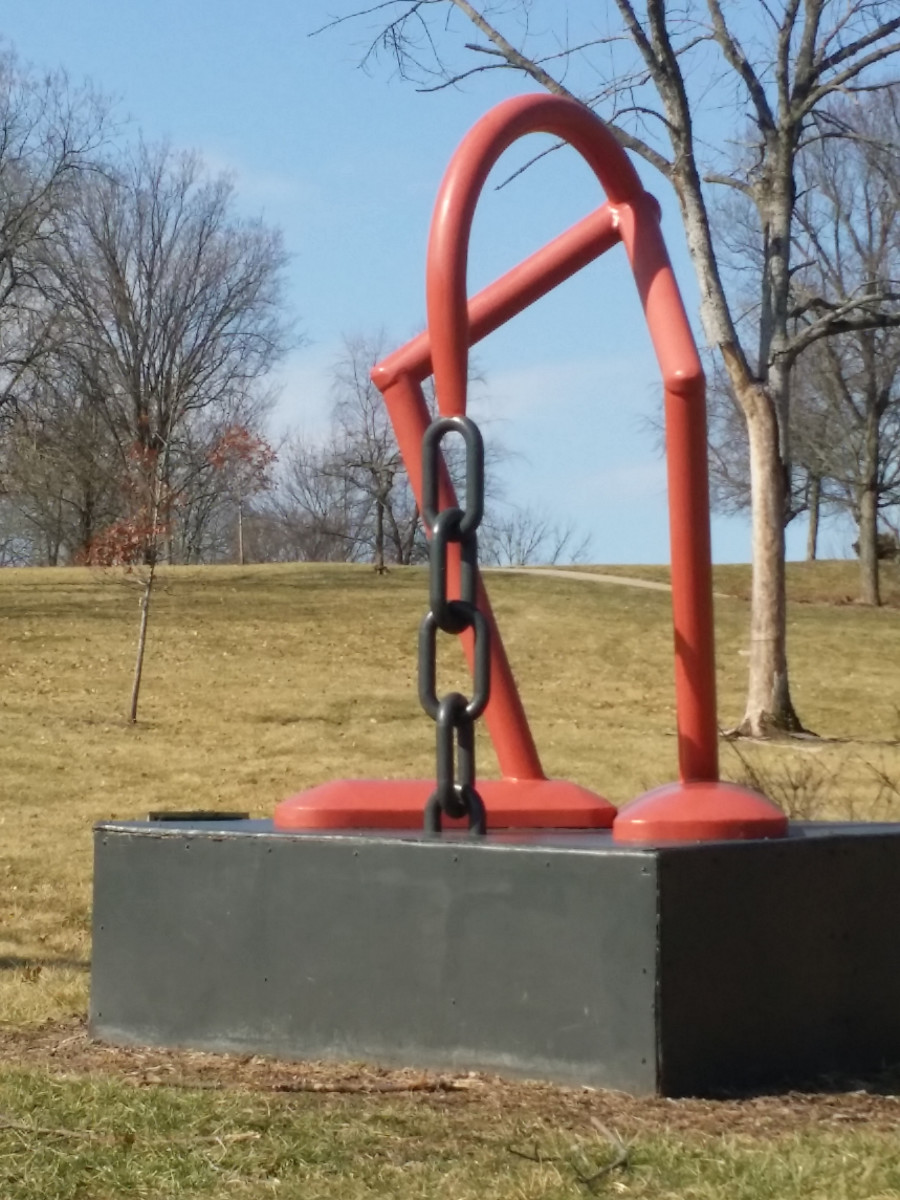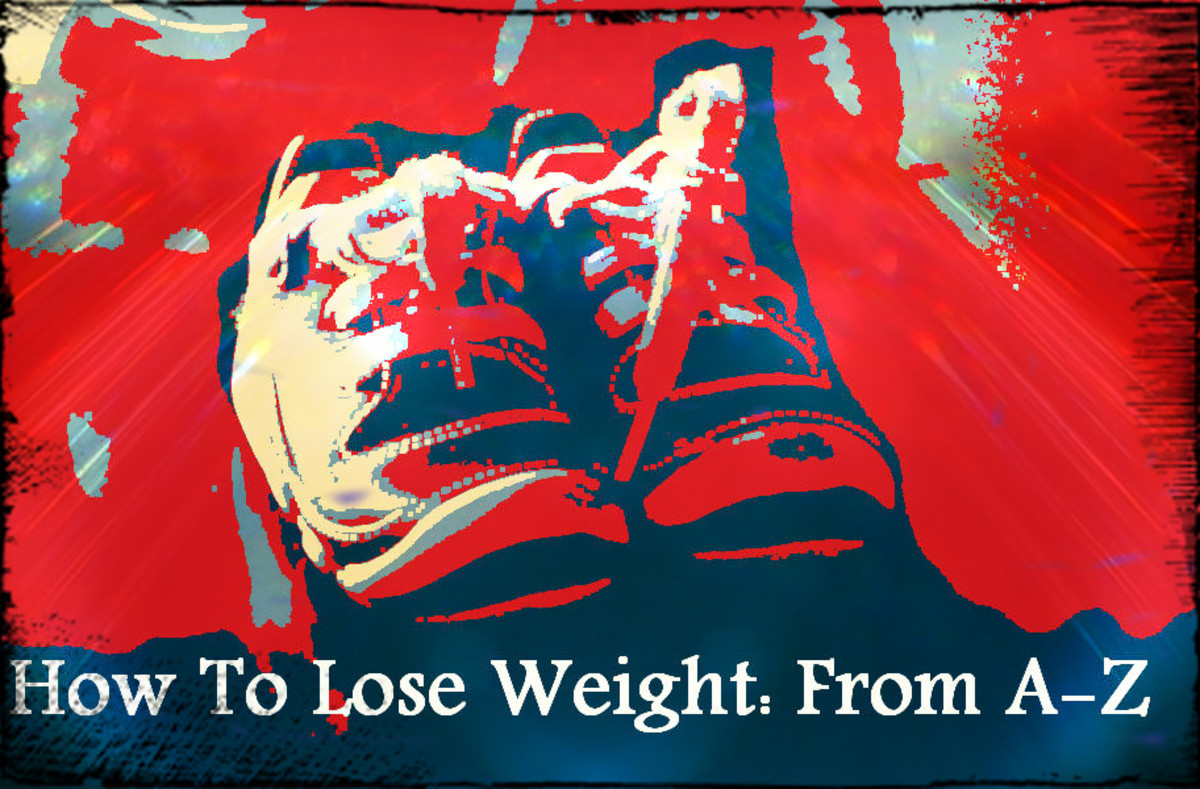Walking for WeightLoss
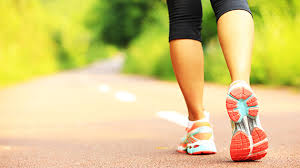
Walking and Weight Loss
When you walk the number of calories you burn really does depend on the pace you walk with as well as the weight of your body. Usually, walking at a four mile per hour pace which is fairly average enables you to burn about four hundred calories for every sixty minutes.
This doesn’t exactly mean that you need to go four miles daily. For instance, committing to waling three extra miles means you need to burn about another three hundred daily calories. You can even walk for short distances and combine this into your everyday routine. Pedometers can also help you burn additional energy as you walk and do your schedule daily.
Great for Beginners
If you are a beginner in terms of exercise, you will love the fact that walking is a great way to start. It is easy to keep your workout safely within the right heart rate zone and keep your speed regulated according to what is comfortable for you. If you walk alone, this is particularly convenient as you won’t be getting any pressure from anyone about your own preferred speed. On the other hand if you are in a group, you may feel pressured to keep up but at the same time, this may be just the motivation you need.
Weight Loss and Pedometers
One of the best gadgets you can use for boosting your chances of success for all the hard work you are putting towards weight loss is to get a great pedometer. You can find one that has a wrist band attached to it or one that you can wear on your shoulder or belt. These are extremely helpful devices that you can attach to your hip area or clothing. It has various features and is light weight. Mainly, the main feature is that it counts how many steps you take throughout your entire day or during your workout. To find out how much walking you need to do to shed off those additional pounds, find out how many you cover currently. You will then know how many more steps you need to increase or how much farther you need to go to be able to see some improvements in how much you weigh. If you take eight thousand steps currently in your daily habits and existing routine and are not losing or gaining weight, the number of steps you need for increasing your daily distances for weight loss is just a matter of calculating. In other words, here is how many steps you need for losing weight.
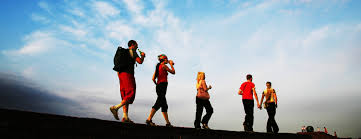
Great for Long Term Fitness
Creating a total plan for long term fitness? Consider walking for long term weight loss. You can lose about ten pounds in three weeks when you walk and have a do-anywhere, no fuss fitness plan. Now who wouldn’t like that? The best part is that you can walk at any time of day.
Good for the Joints
Even if you are walking at a pace which is faster, the best part is that compared to running walking is easier on the joints. Your feet are in touch with the ground when you go walking. When you run, there is a moment when your body is suspended in the air, putting your body at a point of impact with the ground at some point. This is bad for the joints.
Effective When Combined with Healthy Eating
When it comes to losing weight, fast paced walking and eating healthy food is extremely effective. Simple steps such as beginning with a fifteen minute walk every day has a huge impact on your health overall. This helps you cut the risk of everything from depression to heart disease. If you have been walking daily but see very little progress, the problem might have to do with the speed in which you walk. Many people go out for a stroll the way they window shop at the mall rather than power walking. Thankfully, the goal is not the style to walk like a crazy speed walker. Instead, a little faster pace than you are used to should do the trick. It turns out, three half hour walks of high intensity per day burns fat in the abdomen up to six times more compared to five strolls per week. Keep this in mind if you are planning to create a weekly schedule to do some serious walking.
Fat Burning
There is up to four times more fat burned overall when you do power walking rather than just fast strolling. Fat burning hormones are a result of high intensity exercise. If you are working hard and exercising at a more advanced pace, these hormones are more likely to be released. The best part is that for most folks, particularly women, the moment you begin walking the deep fat in the abdomen tends to be the first to go. This is a truly exciting fat for apple-shaped individuals.
Burning More Fat
For folks who want to accelerate the rate in which fat is burned, there are a few ways to bring your brisk walking routine up to another level. Here are a few ways:
Make Your Strides Longer- Rather than walking more, increase the length of your stride instead. You will fry more body fat, literally and cover more ground in the process.
Get Those Arms Swinging- When you bend your elbows at a right angle and keep each hand in a loose fist, keep your elbows tightly against your sides and move your arms in an arc. This will help keep you moving forward. It will also help fat burning by ten percent and built strength in the upper body.
Get Off the Roads- You will burn over four hundred calories in just sixty minutes when you go hiking off road. Terrain that is uneven is your best friend if weight loss is your goal. Uneven terrain helps you work harder and you can add this into your regular routine if you want not just a change of pace, but a change of scenery.
Adding a Hill- Whether you are in your neighbourhood or in the gym, heading off to a hill will increase your burned calories by about twenty per cent. This happens on an incline of about one to five per cent. Imagine what the rate increase would be when the hills get higher!
Make It a Habit
Making it a habit is probably the hardest thing to do when it comes to developing a program for fitness. Daily walking will help you get used to the idea. Walk rapidly enough to get your heart rate elevated. Make sure that you do not gasp for air particularly in the first weeks of your walking routine. At the start, do not worry about distance, speed or how well you are doing. All you need to do is concentrate on the fact that you want to make this a regular thing.
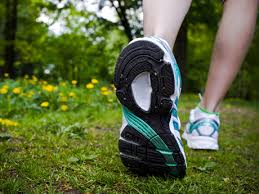
Water Matters
Drink water after, during and before you walk. Incorporate stretches before and after to warm up and cool down respectively. Begin at an easy, comfortable pace. Walk naturally and try to get the feel of things. Stretch well after walking as this helps in preventing injury and helps you feel wonderful after your walk.
Start Slowly
Begin easily and slowly. Walk out your front door to begin with, take a ten minute stroll and go back. Is this all there is to it? Yes it is! Do this every day and increase the amount of time until you are walking for as many hours as you can. If walking is new to you, begin with sessions that are short and slow. Gradually build your way up. In the beginning, don’t worry too much about how fast you are going. You can begin to go faster if you have been walking for more than just a few weeks. If you have health concerns or a medical condition, make sure you talk to your doctor before starting a routine.
If you are looking for a way to ease yourself into getting back into fitness, walking is the exercise for you. You can begin your path to better health by walking. If you are creating a plan for walking, it is a good idea to set an appointment and inform your health care provider of your plans. When you are creating your walking schedule, it is a good idea to aim for three to five days each week. Begin with a warm up and a slower paced, five minute walk. On the last five minutes of your walk, begin to walk slower and cool yourself down before bringing your body to a stop. It is a good idea to start at a comfortable pace for you. Next, begin to walk briskly as you start picking up speed. The general speed is about four miles per hour, more or less. This should get you breathing hard but still able to converse. Add about two minutes every week to the time of your walking. Aside from a walk, you might want to add exercises for strength. This includes lunges and push-ups added to your routines. Include strength training and aerobics if you want to get even more fit.
Walking Tall
When you walk, walk tall. Watch your posture. Think of your body becoming more elongated. Hold up and keep your eyes and head looking forward. Your shoulders need to be relaxed, back and down rather than tensed or scrunched up. Fall into a natural stride as you tighten your abdominal buttocks and muscles.
Where to Go
Whether you prefer walking in the park, on a treadmill indoors, around the neighbourhood, in a mall or by the sea, basically you can walk where you want. Find a variety of routes you like with different terrains so that you can change your routine whenever you feel like it. Park your car far away from mall entrances or from the office door so that you will be forced to walk the distance. Walk an extra flight of stairs by getting off the elevator one floor less than your destination. Leave home a few minutes earlier than you need to so that you will have more than enough time to do some extra walking.
Tips for Your Walking Technique
Try walking a few steps and see if your feet roll or land flat. If they land flat, your shoes may be too hard and you will need to find shoes which are more flexible. Roll your foot on the ground as you walk. Your posture is important as well. Imagine that you are a hand puppet with a string that goes from your tailbone up your head. Your posture becomes straight in seconds with this kind of visualization. Keep your abdomen muscles strong by keeping your lower back supported and holding in your stomach. Naturally swing your arms on each side as you walk, as this helps keep your walk rhythmic.
Your Gear
Depending on the weather, wear layers of comfortably clothing that you will be able to peel off or leave on accordingly. There is athletic gear that is made of fabric which draws perspiration away from the surface of your skin and this is advisable if you want to keep cool. When it comes to socks, it is important to find socks preventing blisters and cause sweat to evaporate. When it comes to footwear, it is important that you wear shoes that are not too tight. As you walk, your feet will tend to swell. It is important to have support beneath the forefoot and heel. The ball of your feet needs to freely be able to move so flexibility is important as well. It is important to bring a few dollars and wear identification just for emergencies. Also, SPF thirty sun protection and a hat will protect you from getting sunburn. Before you begin, drink water. At the same time, bring a water bottle with you and take a sip every half hour or more frequently. Your walking distance and your steps can be counted by a pedometer. Also, it might help for you to bring a portable music player that plays music which helps keep you motivated so that you can go further each time you go for a walk.

